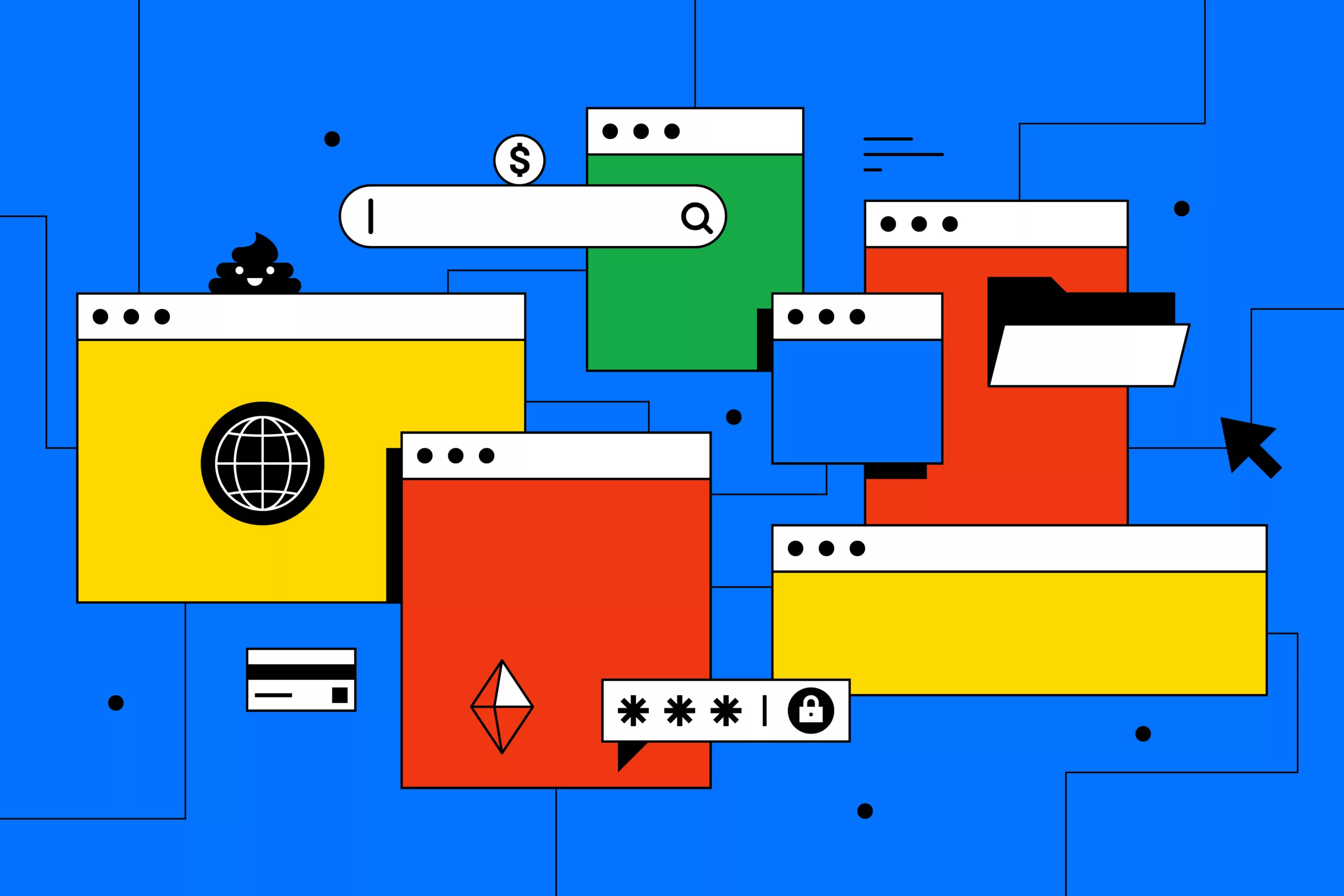
In the past few years, cryptocurrency has been getting more and more attention. Despite being around for 13 years, it was a slow burn until people began to look at it as a speculative investment. During that time, developers behind the scenes had been creating new cryptocurrencies and exploring what the blockchain technology behind them could mean for the economy, businesses, software development, and day-to-day life. As a result, there’s now a rich ecosystem of many different cryptocurrency tokens, blockchain networks, and crypto browsers. For most people who hear about these concepts, however, they sound strange and can be a bit difficult to grasp at first. To help make things clearer, let’s consider crypto browsers, how they work, and what they’re for.
Crypto Browsers – Purpose and Function
If you’re reading this article, then you already know how to use a regular web browser. They’re the programs like Chrome, Edge, Safari, etc., that come pre-installed on your laptop, phone, and desktop computer. There are a number of niche options available for those who want greater privacy or different functionality, but at their core, all web browsers are designed to help you visit and navigate websites.
In a similar way, crypto browsers allow you to do the same thing with the world of decentralized apps or dApps. Compared to regular programs and websites that are stored on a single computer or server and accessed by interacting with the hard drive on that machine, dApps exist on the blockchain, which means that they are “installed” on the collection of computers and devices that work on a platform such as Ethereum.
To fully understand the concept, we need to drill down a little deeper into a few of those terms.
- Blockchain – A blockchain is a publicly shared ledger of digital activity that all users of the blockchain agree on or can come to agree on by reviewing and accepting or rejecting activity based on publicly available logs. To illustrate how it works, it’s like if you had a public library that everyone could access, and each book in the library represented an interaction on the blockchain. The library staff (those whose computers do the work to verify the transactions) will review the records to see if a book is there or it is not. If the staff agree that it’s there, then that activity is accepted. If not, then it is rejected. Anyone at any time can look at the library to see what transactions have occurred, but because there are so many people verifying these transactions and the system is well-built, no individual person can “re-write” the blockchain by stuffing it with a lot of fake activity or trying to remove past records.
- Decentralized App (dApp) – A dApp is a program that exists on the blockchain rather than on individual computers. It allows users to interact with it using their cryptocurrency and other digital tokens such as NFTs (which are unique bits of data that can represent anything from a physical car title to a doodle on MS Paint). In some cases, these dApps are trading platforms that you can use to speculate on the market or invest, while others are more like regular programs or games with an added layer of anonymity. If you’re familiar with smart contracts, dApps are the programs that allow people to create and complete these contracts.
- Ethereum – As the #2 most popular cryptocurrency currently and one of the longest-running aside from Bitcoin, Ethereum is often recognized for its token, ETH, which is traded on crypto markets and has been worth more than $1k per token for a consistent length of time. However, ETH was designed to be a platform for dApps and allows people to interact safely and securely. The transactions and interactions themselves form the basis for the token, as ETH is spent to complete the transactions in question. Therefore, the token is intended mostly as a way to run the platform and is only traded as a side effect.
Even those explanations may be a bit difficult to grasp at first. If you prefer to simplify it even further, just think of a blockchain as the data on a hard drive, a dApp as a specific program on that hard drive, and networks like Ethereum as the actual hard drive itself on the internet.
The Best Crypto Browsers Currently Available
Crypto browsers, or “blockchain browsers,” are specially designed browsers that can explore dApps on blockchains. They feature Web3 integration, which means you can attach them to your digital wallet to spend, trade, and buy cryptocurrency from different exchanges and using unique dApps. Further, they let you fulfill smart contracts, so they will become increasingly common as more businesses and organizations adopt this next-generation technology.
These browsers are available for computers and mobile devices. If you’re looking to explore the world of dApps, any of the following browsers can help you do so.
- Brave – This browser has a built-in wallet that you can fill with your own crypto and use to securely trade as you browse through the available dApps and crypto marketplaces.
- Opera – Opera is similar to Brave in functionality but comes from a different developer and with different features.
- Chrome – Most people are familiar with Chrome, but few are aware that you can turn it into a crypto browser by using extensions such as MetaMask (for the Ethereum network) and Phantom (for the Solana network).
Each crypto browser has its advantages and disadvantages, but any of them will allow you to start exploring the world of crypto and dApps. There are many more to discover, but using any of these will give you the security of using a trustworthy name and let you more safely explore what’s around the corner for the future of the internet.
Christopher is a small-scale cryptocurrency investor and trader with experience related to dApps and smart contracts. He’s traded on common platforms, including Binance and Coinbase, with a primary interest in Bitcoin, USDC, and the Ethereum network.

